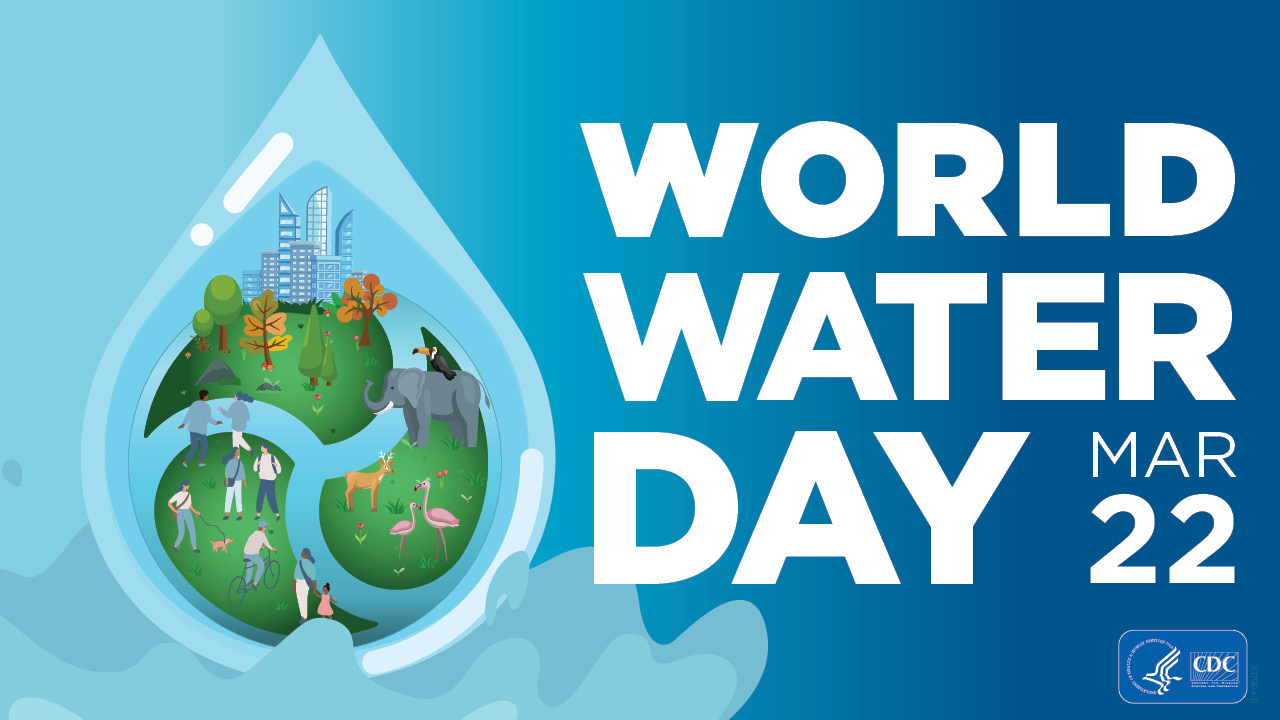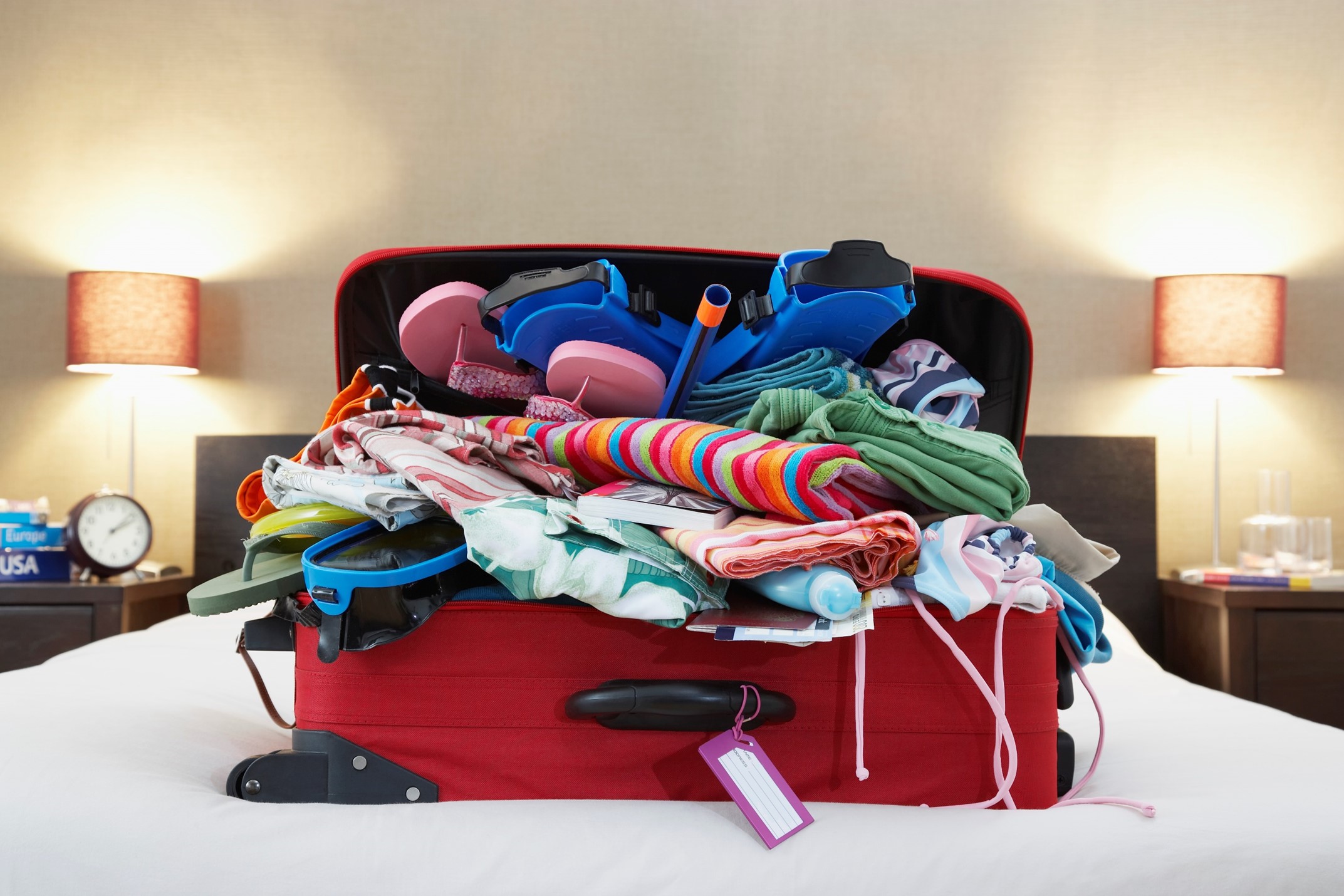“Let’s Go Rural”
Last weekend, Dr. Olfert, Dr. Amanda Randolph, Dr. Smith, and Dr. Brock Randolph were pleased to volunteer with the “Let’s Go Rural” program where they shared their love for rural medicine with 27 medical and nursing students.
![]() In partnership with RhPAP, the Drumheller Standing Committee on Health and local health professionals planned a jam-packed weekend that included a hospital tour, stops at the community Legion, the World’s Largest Dinosaur, Badlands Community Facility, the Last Chance Saloon and the Nacmine Community Pancake Breakfast.
In partnership with RhPAP, the Drumheller Standing Committee on Health and local health professionals planned a jam-packed weekend that included a hospital tour, stops at the community Legion, the World’s Largest Dinosaur, Badlands Community Facility, the Last Chance Saloon and the Nacmine Community Pancake Breakfast. ![]()










